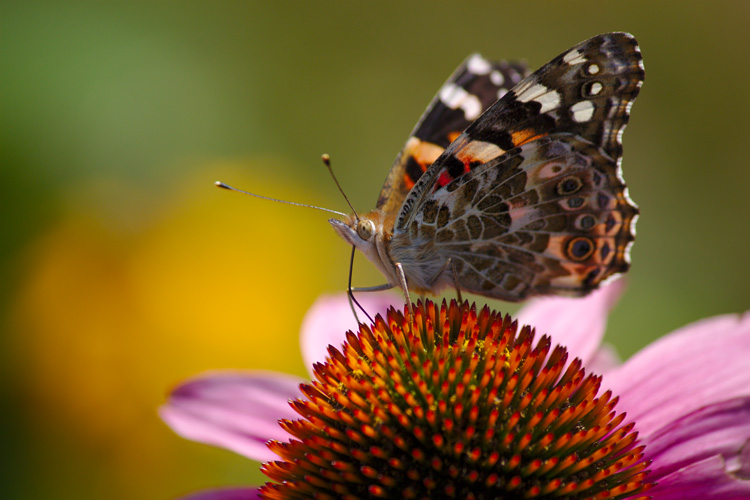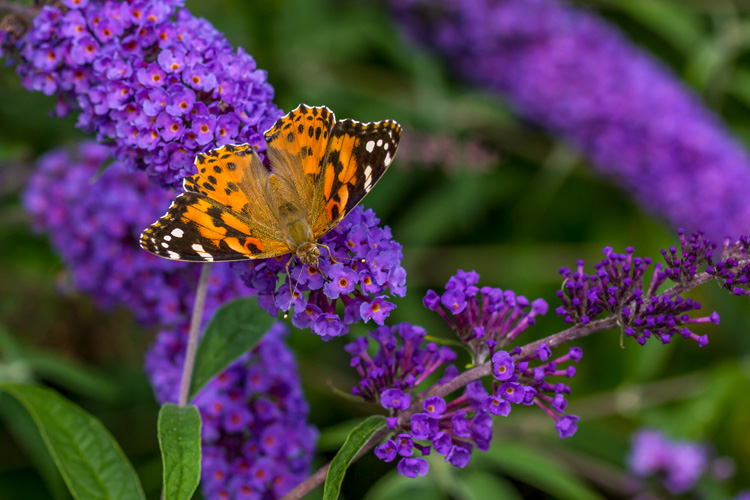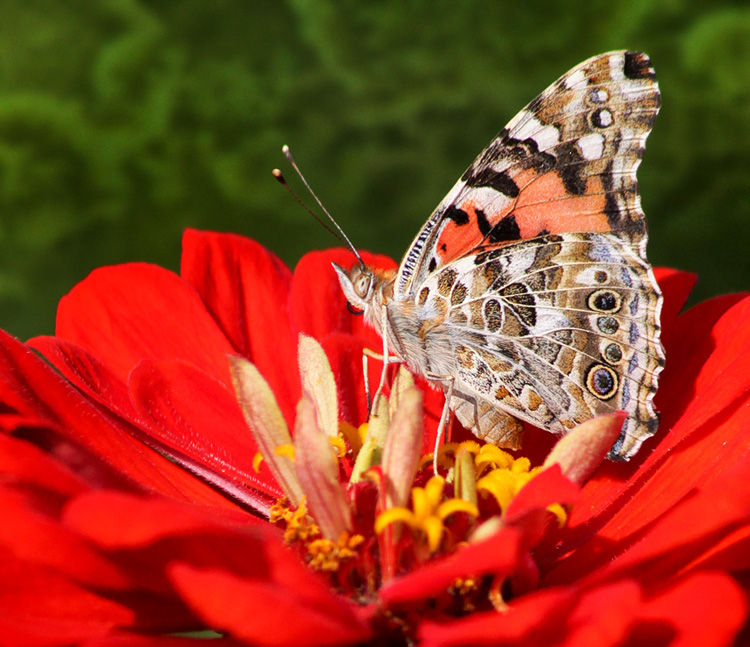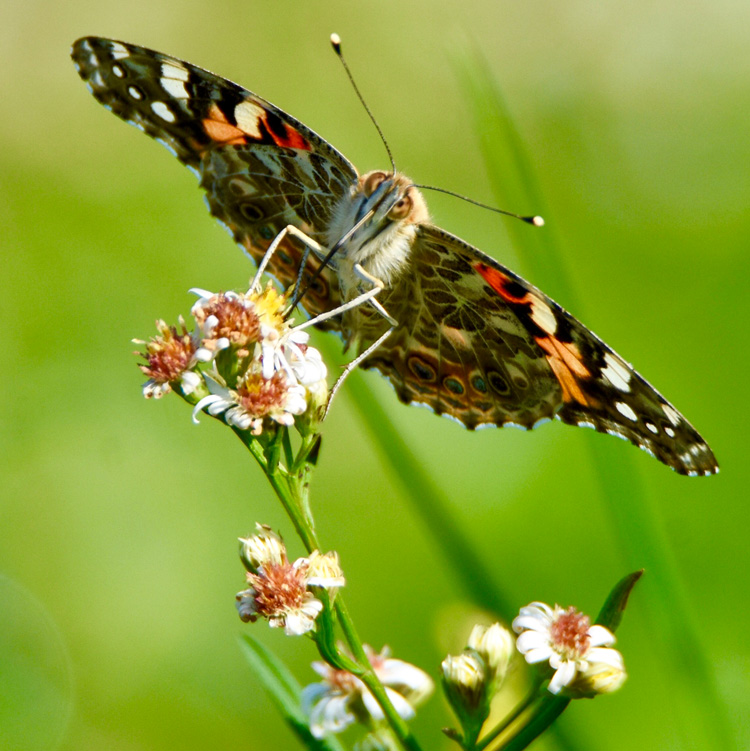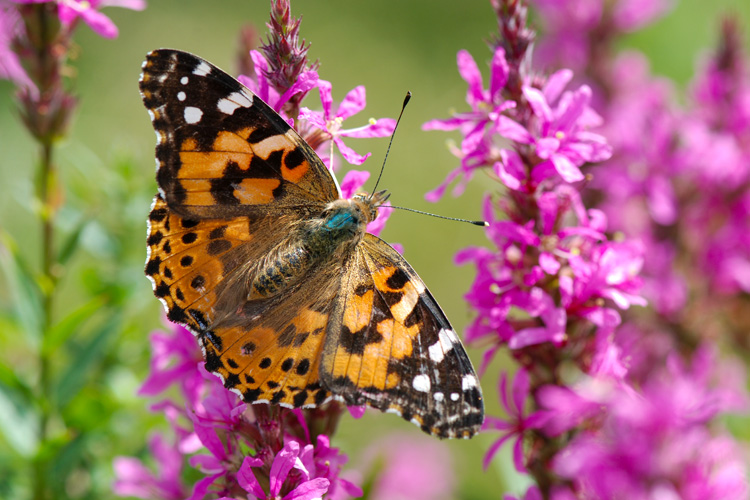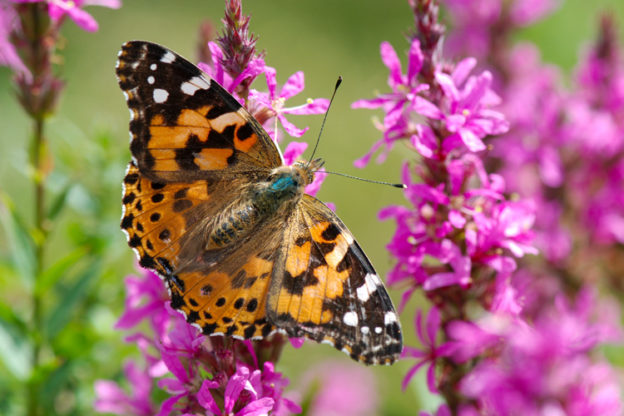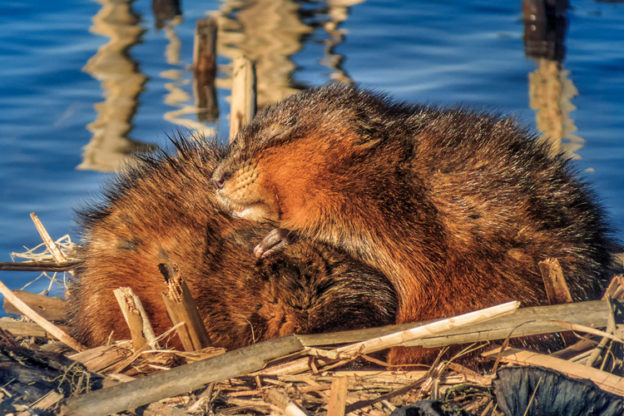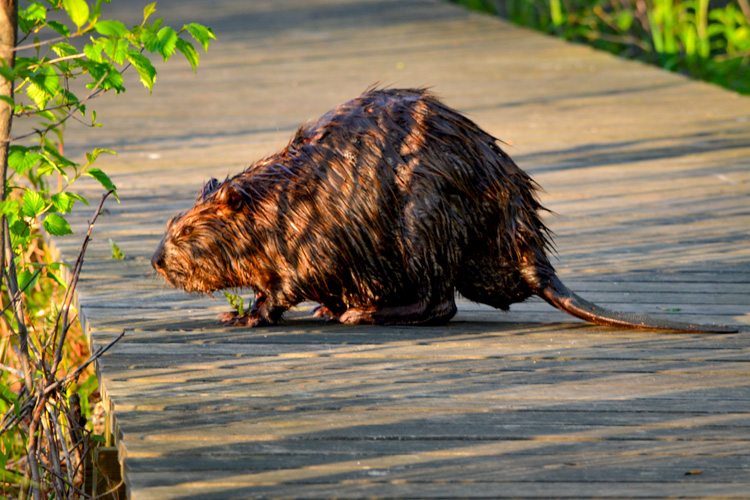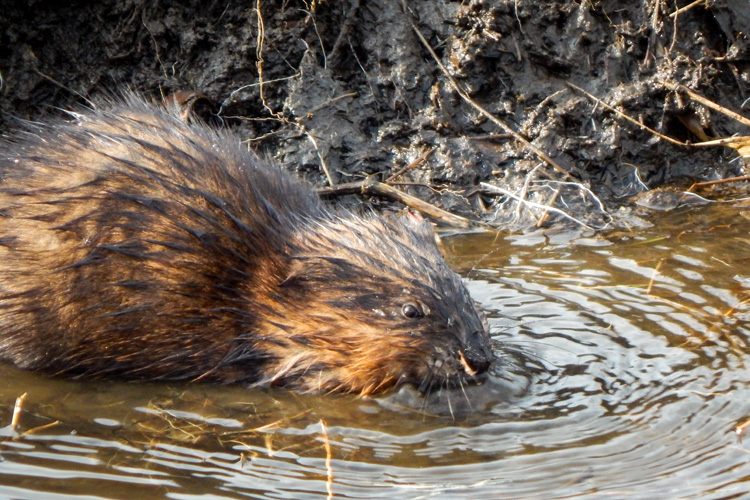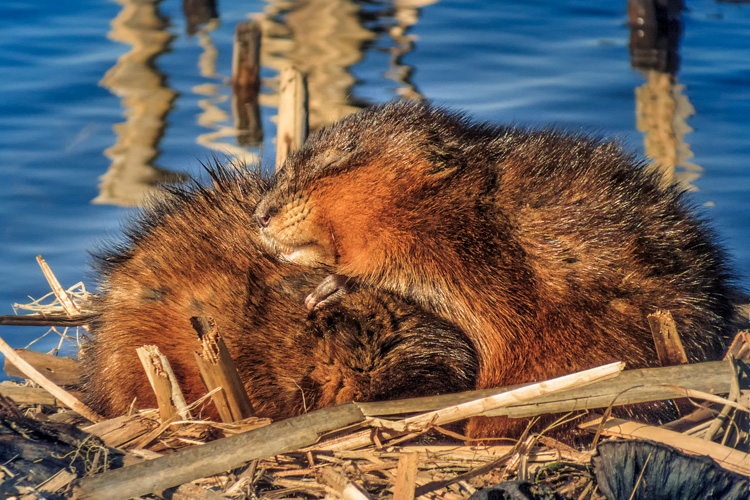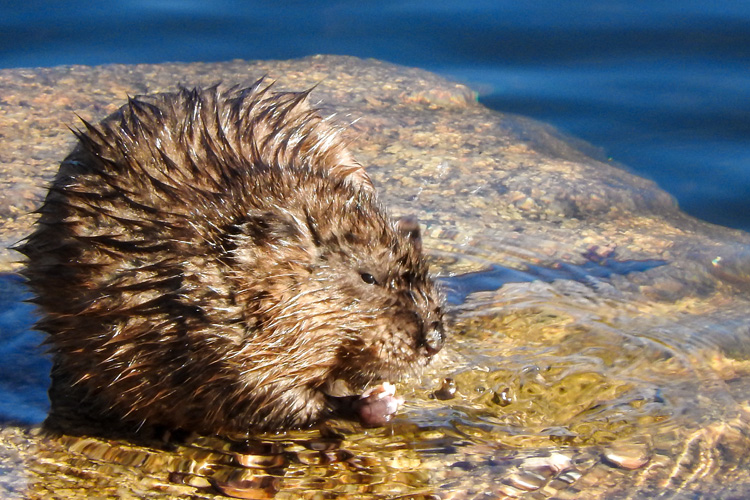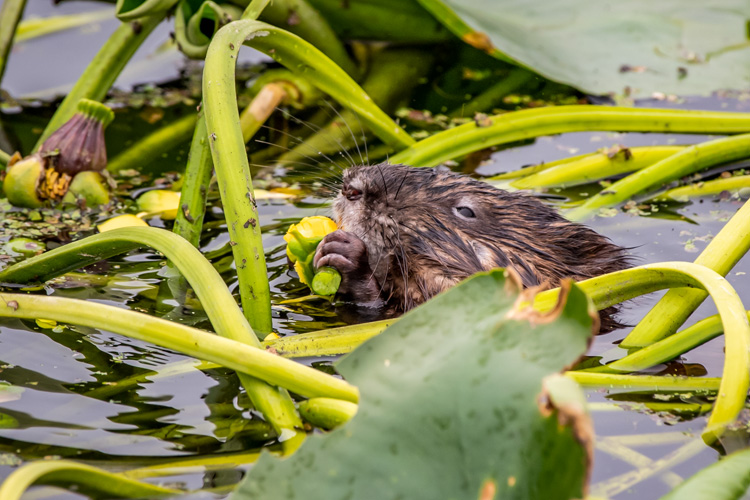“To gild refined gold, to paint the lily…is wasteful and ridiculous excess.”
William Shakespeare, King John Act 4, Scene 2
The quote above seems fitting for this week’s featured creature: the lovely Painted Lady butterfly (Vanessa cardui). As if the vibrant flowers they grace in search of nectar were not gorgeous enough, Painted Ladies seem to adorn them even further with a near-excessive beauty.
Found on every continent except Australia and Antarctica, Painted Ladies were once known as Cosmopolitan butterflies for their wide distribution, the widest of any butterfly in the world. What’s more, they are extremely adaptable and can be found in a variety of settings from the suburbs to the mountains and everywhere in between. More than 100 host plants have been identified for them, but they love thistle in particular.
You may have spotted iconic Monarch butterflies passing through Massachusetts on their way south, but they’re not the only orange migrating butterfly: Painted Ladies are also heading southward, following the seasonal availability of food sources. They breed year-round, and many successive generations are spawned along their migratory routes, but they don’t overwinter in cold climates—adults must migrate to warmer, more agreeable breeding conditions through the winter or will perish when freezing temperatures set it.
Here are five photos of beautiful Painted Ladies form our annual Picture This: Your Great Outdoors photo contest. Only two more weeks to enter the 2020 photo contest, so submit your beautiful nature photography today!
